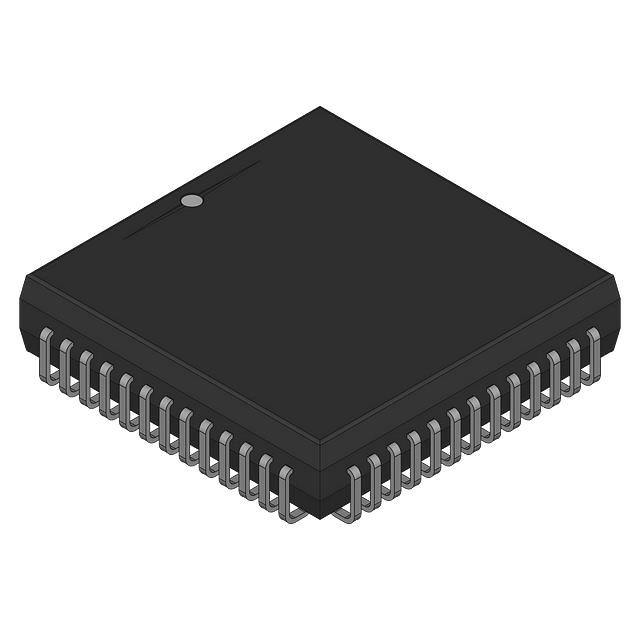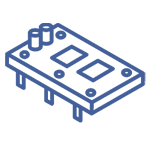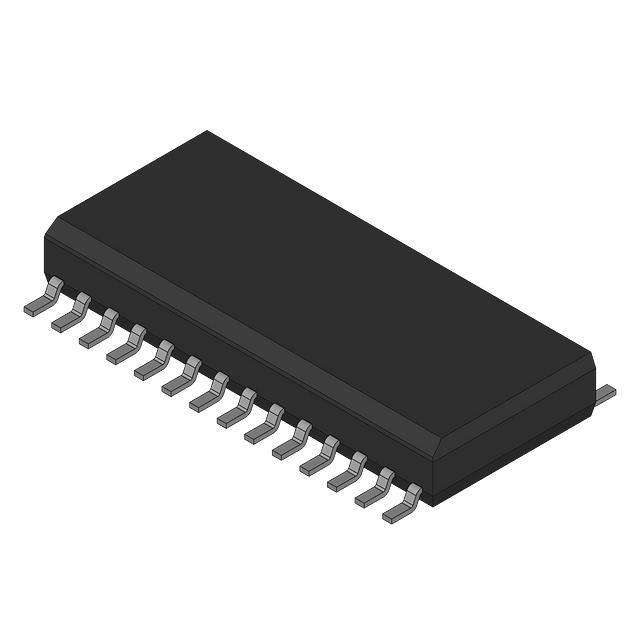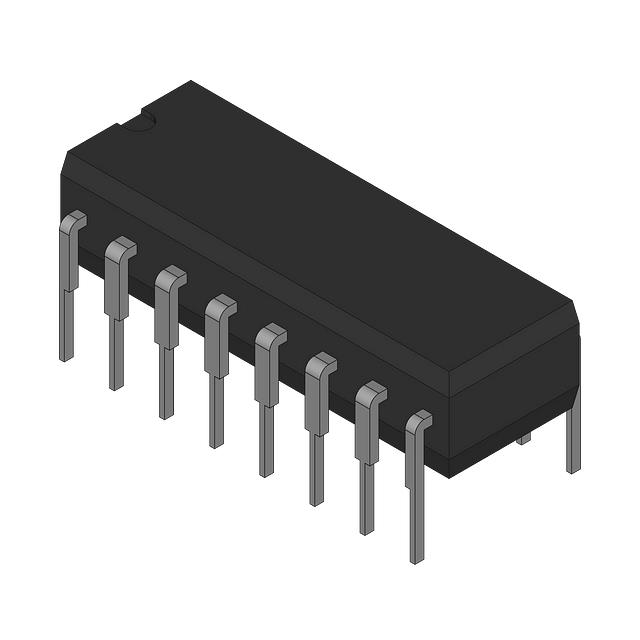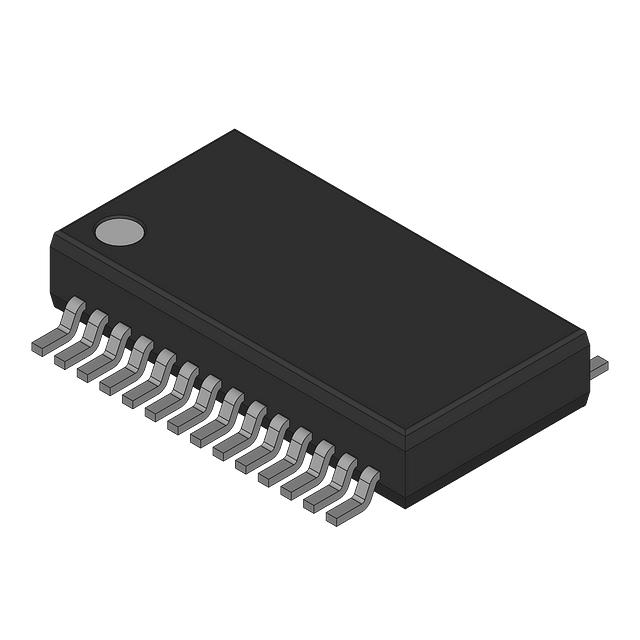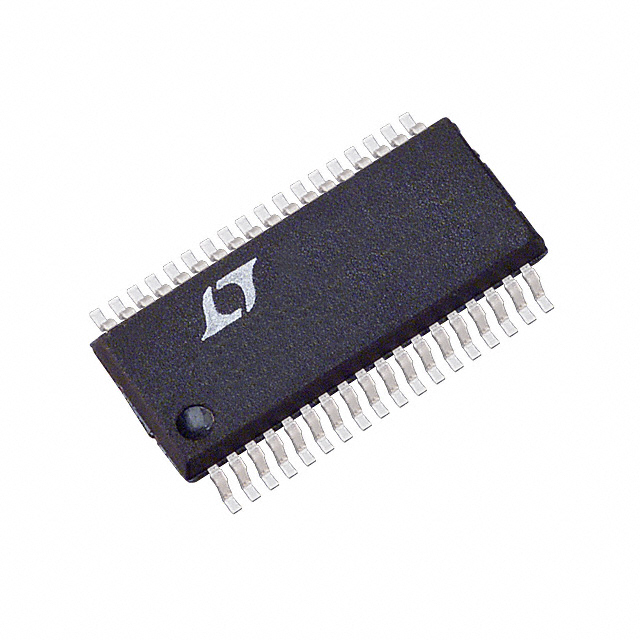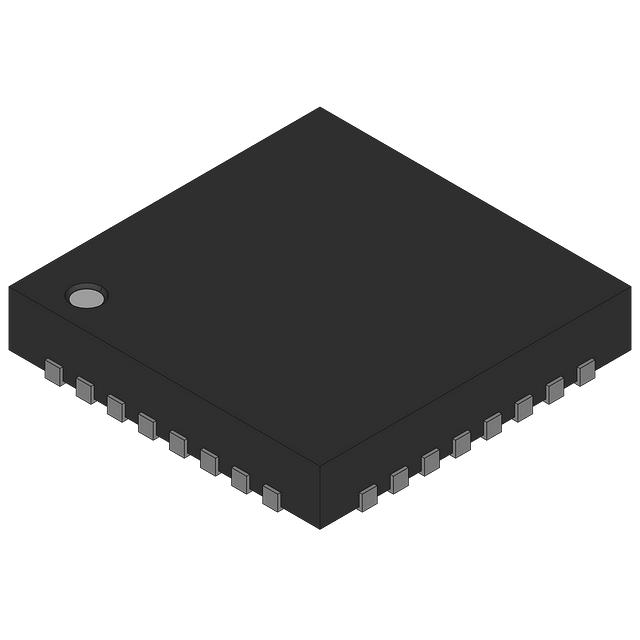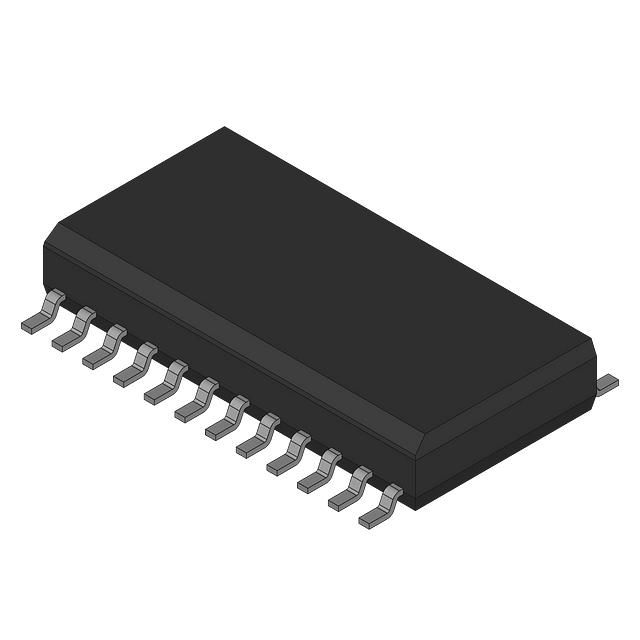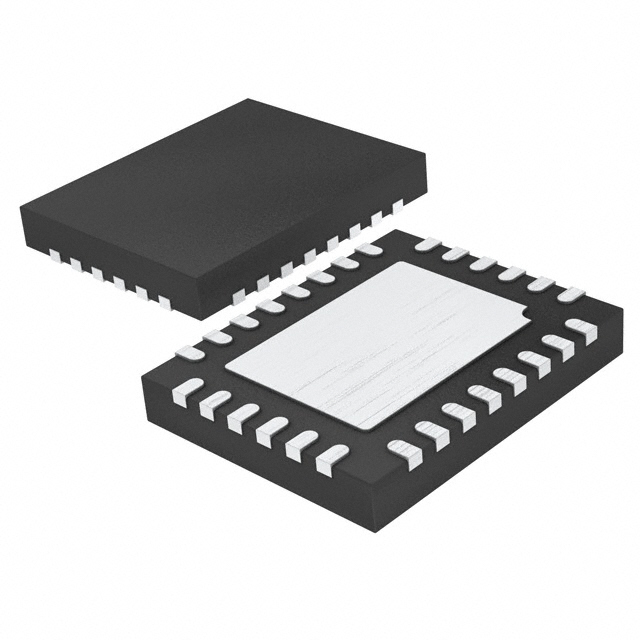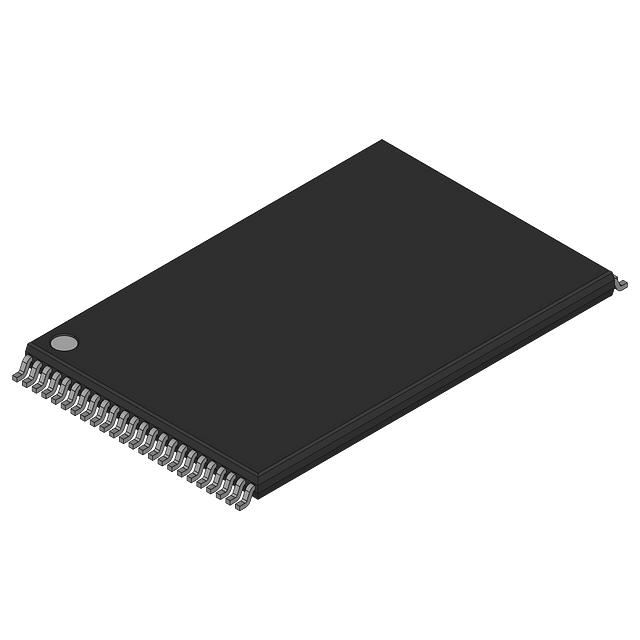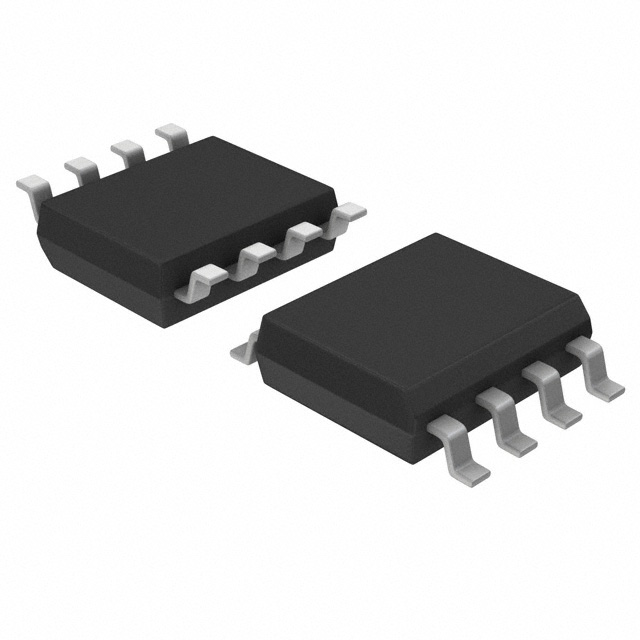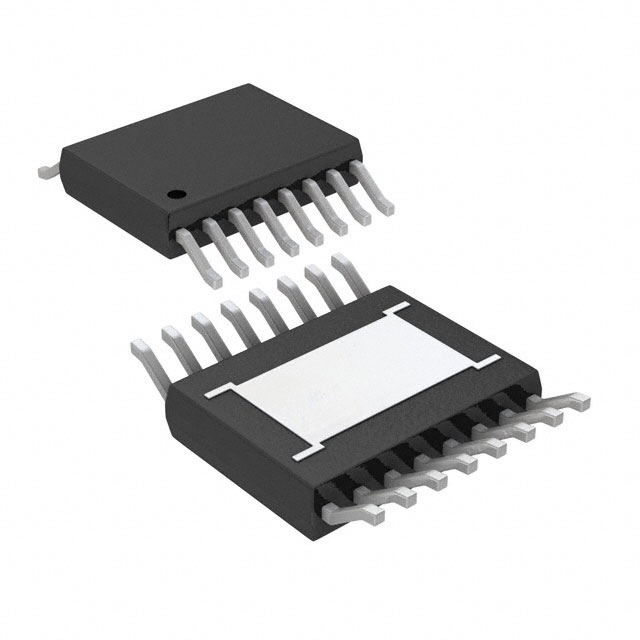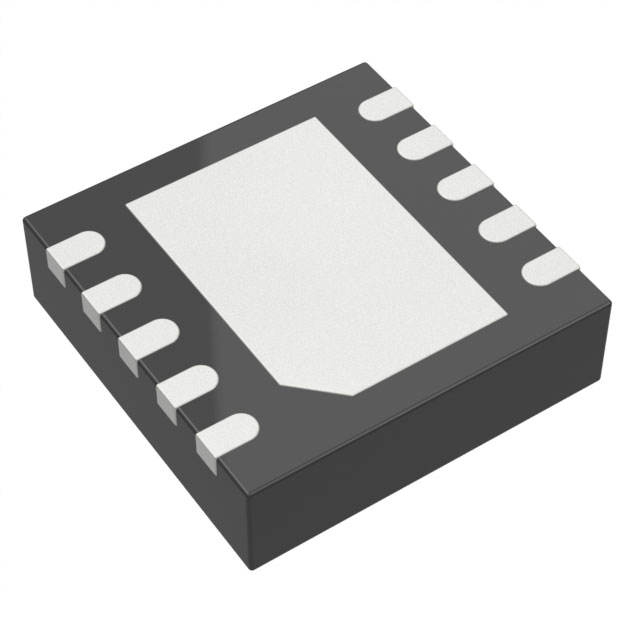Categories
- Analog to Digital Converters (ADC)(101)
- 1
- 2
- 3
- 4
- 5
- 6
Description of Analog to Digital Converters (ADC
Analog-to-digital converters (ADCs, also known as A/D or A-to-D converters) turn an analog signal, like a sound from a microphone or a sensor reading, into a digital signal. Usually, the digital output is a binary number in two's complement form, which reflects the value of the input signal. ADCs can handle different types of inputs, including differential, pseudo-differential, or single-ended. When choosing an ADC, you'll look at factors like the number of bits, sampling rate, number of inputs, interface, number of converters, and the type of architecture, such as adaptive delta, dual slope, folding, pipelined, SAR (Successive Approximation Register), Sigma-Delta, or two-step.

Frequently Asked Questions
How does an ADC convert analog to digital?
ADCs, or Analog-to-Digital Converters, work in a few steps to change an analog signal into a digital one. First, they sample the signal to get a snapshot of its current state. Then, they quantify that sample to figure out how detailed the signal needs to be. Finally, they convert this information into binary values (like 0s and 1s) that the system can read. The key things to know about an ADC are its sampling rate (how often it takes samples) and its resolution (how detailed the data is).
What does an ADC do?
An ADC converts analog signals—like voltage—into a digital form. This makes it possible for a microcontroller to read and work with the signal.
What’s the difference between ADC and DAC?
ADCs (Analog-to-Digital Converters) turn analog signals into digital signals. DACs (Digital-to-Analog Converters) do the opposite: they take digital signals and convert them back into analog form. You use DACs when you need to input a digital signal into a device that works with analog signals.
What’s the fastest ADC?
The fastest type of ADC is called a flash ADC. It uses a lot of comparators—one for each voltage step—in combination with a string of resistors. For example, a 4-bit flash ADC has 16 comparators, while an 8-bit one has 256 comparators.
What is an example of an ADC?
ADCs are needed in digital systems that deal with analog signals, like TV tuner cards, which use fast video ADCs. Microcontrollers often have slower 8-, 10-, 12-, or 16-bit ADCs built-in.
What are the ways to convert analog-to-digital?
Flash Conversion: Uses a bunch of comparators to instantly convert analog signals to digital.
Successive Approximation Conversion: Makes multiple guesses to find the closest digital value.
Delta-Encoded Conversion: Converts the difference between signals rather than the signal itself.
What is ADC supposed to do?
In gaming, ADC stands for Attack Damage Carry, a role focused on dealing high damage, especially in late game scenarios.
Which type of ADC is best?
Flash ADCs are the fastest and have almost no delay, making them ideal for high-speed applications. They work by comparing the input signal with known reference values.
How do I choose an analog-to-digital converter?
When choosing an ADC, consider factors like resolution (how many bits of data it can produce), speed, accuracy, and noise levels. These factors will impact how well the ADC performs for your specific needs.
How do you calculate the analog-to-digital converter?
To calculate the output of an ADC, you need to compare the analog signal voltage to the reference voltage. Any noise on the reference voltage can affect the converted digital value. For instance, if the reference voltage is 3.3 V and the input signal is 1 V, you calculate the digital value as \((1/3.3) \times 4095\), which equals approximately 1240 in hexadecimal (4D9h).
What are the applications of ADC in real life?
ADCs are used in many real-life applications, including measurement and control systems, industrial instrumentation, communication systems, and any system that relies on sensory data. They are crucial in converting physical signals into digital form for processing and analysis.







